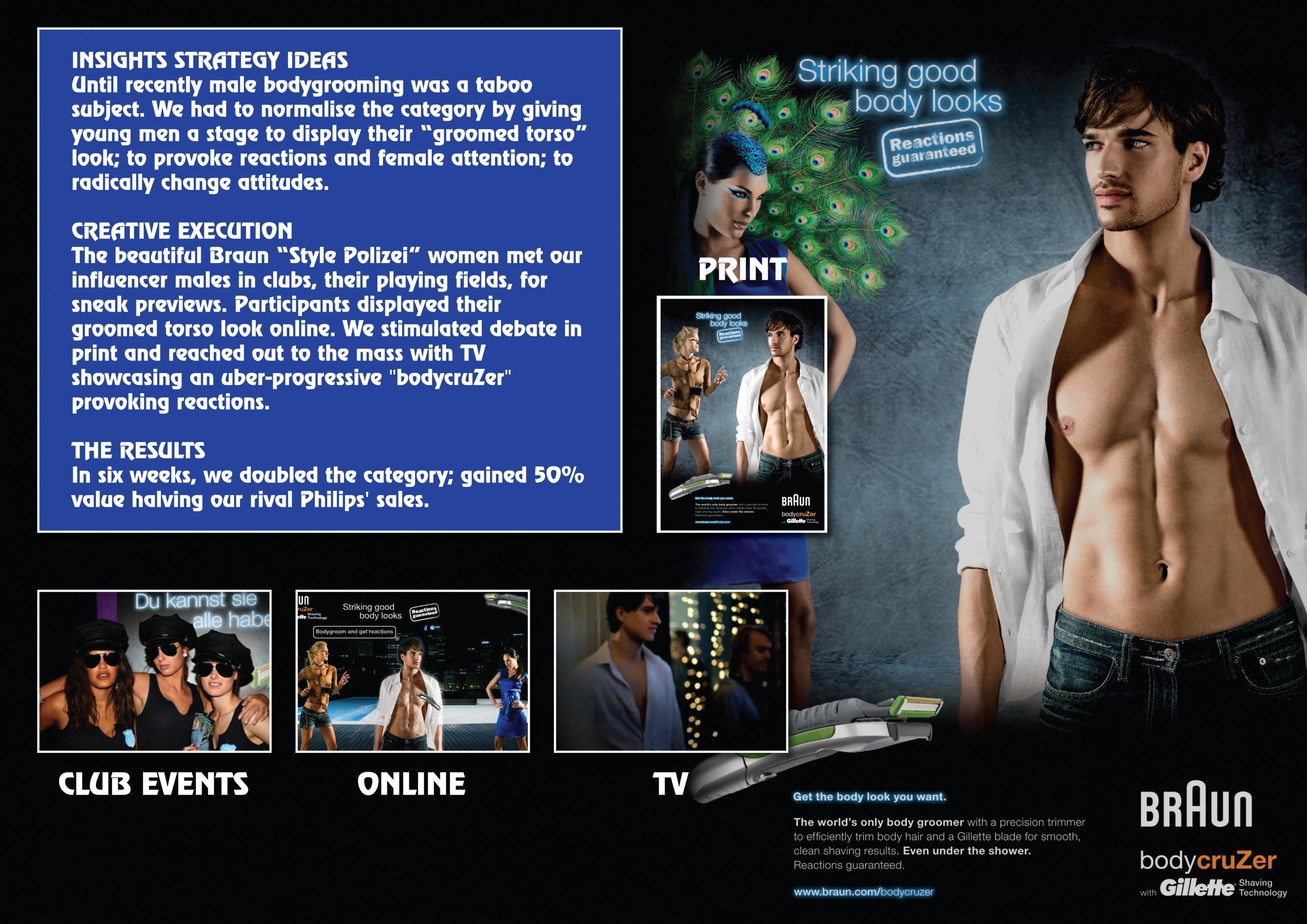Cannes Lions
If That Was You Then
GREY, New York / GENENTECH / 2022


Overview
Entries
Credits
Overview
Background
Lung cancer accounts for 25% of all cancer deaths in the US, resulting in more mortalities than prostate, breast, colorectal, and liver cancers combined[2]. Yet it’s not part of the age-based checks that are standard of care. Screening can detect lung cancer in its earliest stages where there’s a ~90% rate of survival...yet national screening rates remain under 10%[1].
Stigma is standing in the way of screening. Choosing to smoke has been blamed for getting the disease, but what if smoking wasn’t a conscious choice?
Our task was to create a PSA that would encourage screening. Simply explaining the risk wasn’t going to motivate screening. We had to kill the stigma so we looked to a time when there wasn’t one.
Our goal was to drive awareness and ignite actions that lead to behavior change such as starting a conversation and making a screening plan with HCPs.
Idea
In the 70s and 80s smoking was part of culture and unavoidable. To smoke or not smoke wasn’t really a choice - it’s simply something everyone was expected to do. You could smoke everywhere - on planes, in restaurants, in the movie theater, anywhere. To be included meant to smoke so everyone did. Even Doctors.
Rather than relying on typical smoking tropes or fear tactics associated with PSAs, our idea was to use nostalgia to bring people back in time to their ‘heyday’ and prime smoking years. By featuring relevant cultural cues from the 70s and 80s to remind people how culturally accepted, even encouraged smoking was, the campaign removed the blame people felt. We replaced guilt with understanding and fear with nostalgia to show smoking in a non-shameful light.
Strategy
We targeted people 50+ who smoke(d) heavily. To understand their mindset, we researched the behavioral science of smoking and spoke directly with patients, and oncology experts.
Our at-risk target embraces other cancer screenings as part of their medical routine, but fear lung cancer screening because they’ve been blamed for “choosing to smoke.” Culture is against them, with ? of people having a negative bias toward people with lung cancer.[2] The stigma surrounding their past behavior is inhibiting preventative action, making them reluctant to get screened despite its benefits.
We had to shift the blame from them to the era they grew up in to reduce the feeling of guilt so at-risk individuals could engage in conversations with HCPs and break the reluctance of getting screened. Our message was direct and hopeful, “If that was you then, get your lungs screened now. Surviving lung cancer starts with a scan.”
Execution
With a goal of driving awareness paired with no media funding, our communication strategy was simple: get as many outlets as possible to support the PSA and maximize the amount of people exposed to the campaign.
We reached out to national and local TV and OOH networks to generate interest in the campaign. The local efforts were focused on states in the tobacco belt with a high incidence of lung cancer, but low screening rates, including Wyoming, Nevada, Oklahoma, Arkansas, Louisiana, Mississippi, Tennessee, West Virginia, Alabama and Florida.
Our campaign launched in June 2021 with ads directing people to screenyourlungs.org to access resources, learn more about lung cancer screening and take a quiz to determine if they are eligible for the test. A consortium of lung patient advocacy groups (American Cancer Society, Lungevity and Go2Foundation for Lung Cancer) amplified the message in their social channels as well.
Outcome
In just nine months, we’ve accomplished our objectives of driving broad awareness, breaking the stigma and igniting action.
Awareness of lung cancer screening increased by 16 points since launch (now 83%)[3]
82% of people think lung cancer screenings are helpful (+22 vs. 2021)[3]
People who have seen the PSA are very motivated to act:
21 point increase in people planning to ask their HCP about lung cancer screening (now 61%) [3]
21 point increase in caregivers planning to make an annual screening plan with their loved one’s HCP (now 52%)[3]
22 point increase in people planning to visit a website to see if they’re eligible for screening (now 50%)[3]
Received $51MM+ in donated media, resulting in nearly 1B in impressions.[4]
We truly believe this campaign is well on its way to saving lives!
Similar Campaigns
12 items







